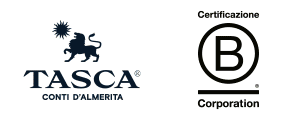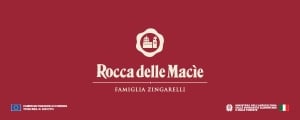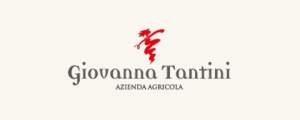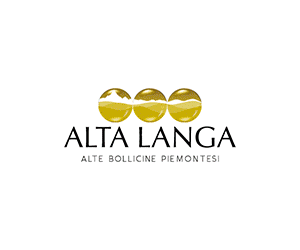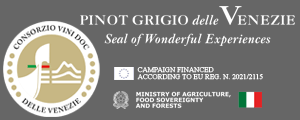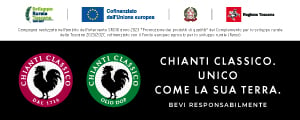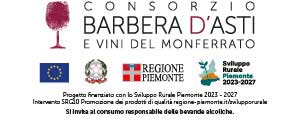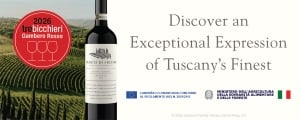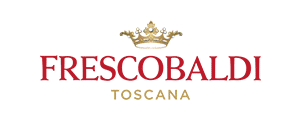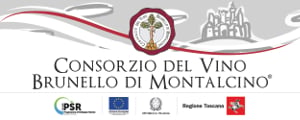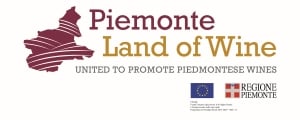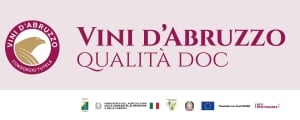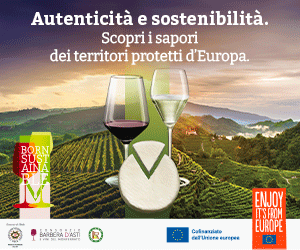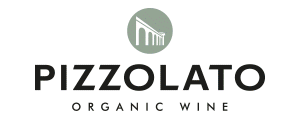Although Italian wine exports held up overall in the first five months of 2025, showing only a slight decline in value (and a slightly more pronounced drop in volume) in a complex global context, according to Istat data, the global wine trade performed relatively well in the first six months of the year, according to Wine Monitor report by Nomisma, which analyzed 12 key international markets (the Usa, the Uk, Germany, Canada, Japan, China, Switzerland, France, Australia, Norway, Brazil, and South Korea, based on customs data) with Italian wine recording an overall growth of +1.5% in value (2.8 billion euros) and +2.1% in volume (703.5 million liters), outperforming the global average of +1.4% in value (10.6 billion euros in total wine imports) and -1.3% in volume (2.8 billion liters).
However, “the updated snapshot of wine imports in major global markets during the first half of 2025 reveals a lack of uniform trends: each country monitored in the Nomisma report shows different dynamics. The United States remains the leading reference market, but the end of stockpiling by importers ahead of tariffs imposed by the Trump administration led to a decline in the second quarter: while total imports in the U.S. grew by +22% year-on-year through March, the April–June period saw a -7% drop.
This trend also affected purchases of Italian wines: growth in the first half of the year (+2.5% for 1.05 billion euros and 188.9 million liters, +7.5%) was driven only by stockpiling in the first quarter of the year.
“While awaiting the U.S. Court of Appeals ruling on the legitimacy of the tariffs following a lawsuit filed by several local companies, including Italian wine importer Victor Schwartz, it’s clear that Italian wine producers must monitor global market dynamics to identify alternative markets capable of absorbing our production”, commented Denis Pantini, head of Nomisma Wine Monitor.
Regarding other key markets, Canadian imports of Italian wine also felt the impact of Trump’s tariffs. However, in the first half of the year, imports from Italy rose by nearly 11% (206.3 million euros for 35.7 million liters), benefiting from the shelf replacement of U.S. wines, which collapsed by over 65%. Italian wines also performed well in Germany (+10.3% in value in the first six months for 522 million euros, and 223.2 million liters, +1.8%) showing a clear recovery from last year. Conversely, the Uk saw a -7.3% drop in the value in Italian wine imports (for 452.5 million euros), as Switzerland did (-3.6%, 202.5 million euros), France (-5.6%, 113.2 million euros), Norway (52.8 million euros, -4.1%), China (45.1 million euros, -8.5%), and South Korea (25.2 million euros, -5.9%). Among the countries where Italian wine imports grew, there are Japan, at +0.7% in the first 6 months of 2025 compared to 2024 (87.1 million euros), Australia (+7.1% for 31.9 million euros), and Brazil (+7.9% for 18.4 million euros).
Regarding the single wine categories, from January to June 2025, the growth of Italian sparkling wines slowed, with a cumulative increase of +0.8% in value (748.2 million euros) and +6% in volume (166.2 million liters) across the 12 markets. Japan (+12%), the U.S. (+6.7%), and China (+6.3%) showed the most dynamic growth. In contrast, the U.S. (-6.6%), France (-2.4%), and Australia (-4.4%) recorded declines. For still and semi-sparkling wines (1.9 billion euros, +2.1% across the 12 markets), Germany rebounded strongly (+14.2% in value for 388.4 million euros), along with Canada (+12.4% for 170.3 million euros), Australia (+14.6% for 20 million euros), and Brazil (+10.4% for 17 million euros). These positive performances contrast with declines in the UK (-8.1% for 233.4 million euros) and China (-10.5%, for 37.7 million euros).
“The risk of a contraction in the U.S. market could significantly impact Italian wine exports - still underlines Pantini - especially considering that domestic consumption trends have already shown signs of slowing in recent years. A decline in the U.S. would be difficult to offset in the short term by growth in other markets, which often develop more slowly and have lower absorption capacity. That’s why it’s essential for our companies to start focusing more on new geographic areas for expansion, diversifying export destinations as much as possible. However, it’s important to recognize that establishing a commercial presence outside consolidated markets like the U.S. requires medium to long-term efforts, targeted investments, and strategic planning”.
Copyright © 2000/2025
Contatti: info@winenews.it
Seguici anche su Twitter: @WineNewsIt
Seguici anche su Facebook: @winenewsit
Questo articolo è tratto dall'archivio di WineNews - Tutti i diritti riservati - Copyright © 2000/2025
































